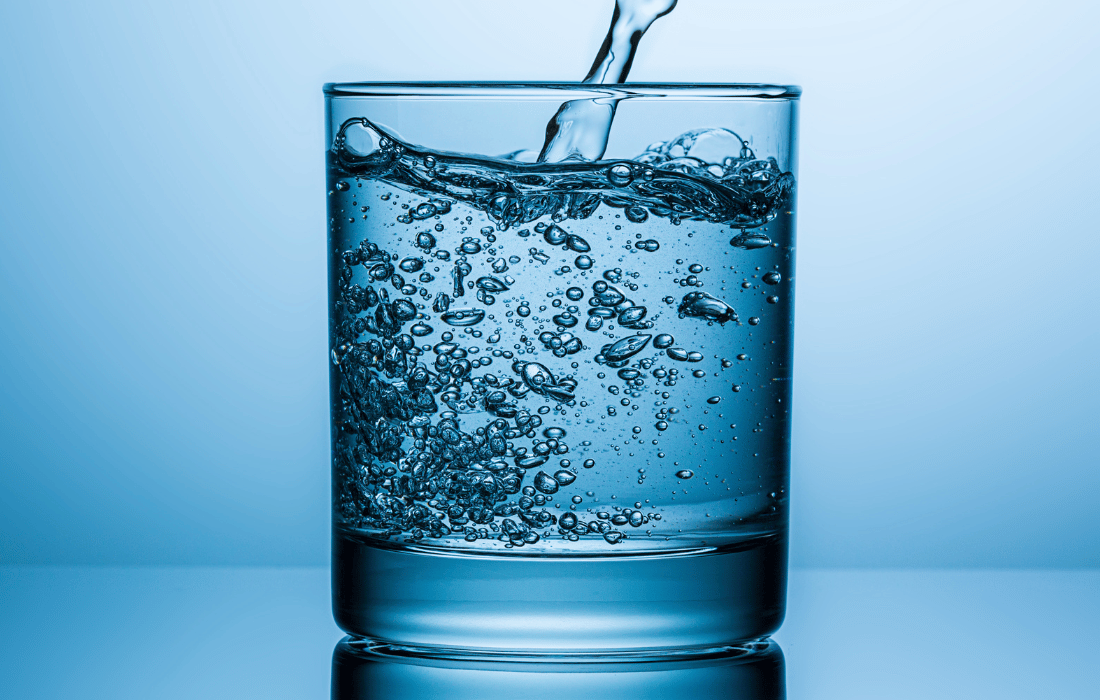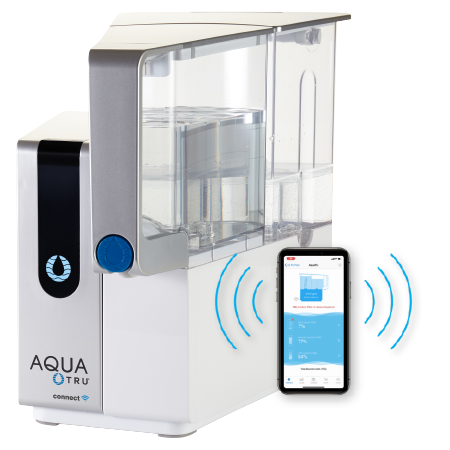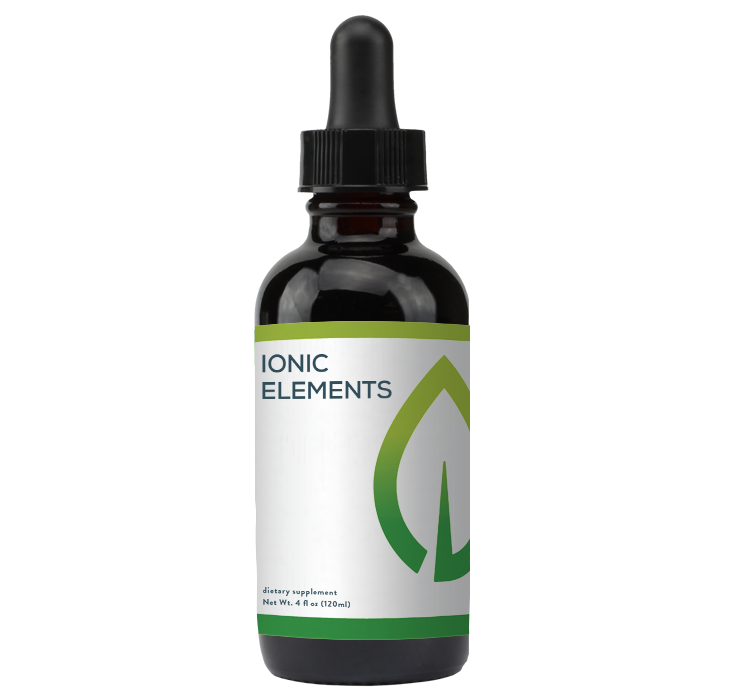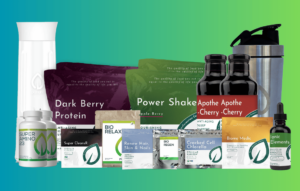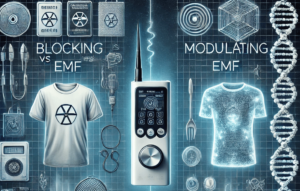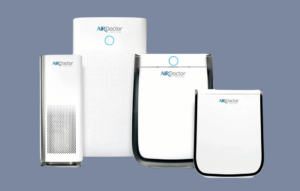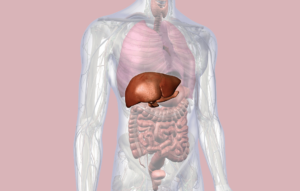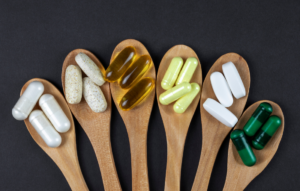Purified Water
Purified water is one of the most common forms of drinking water and is the cleanest water you can drink. It has been filtered or processed to remove impurities commonly found in tap water, such as chemicals, bacteria, fungi, metals, algae, etc. There are several different methods to purify water, such as reverse osmosis, coagulation, filtration, disinfection, etc. Most of these are done for city water supplies, but what health officials don’t like to talk about are the copious amounts of fluoride, chlorine, and other harmful chemicals that are then poured back into the water supply. Send me a message if you’d like to know more about that.
Although for some reason it isn’t actually classified as purified water, distilled water and is the purest form of water you can drink with a PPE (parts per million) of 0 TDS (total dissolved solids). However, there are some downsides to drinking distilled water, such as the flat taste, decrease in the body’s metabolic function, and an increase in urine input which can result in an electrolyte imbalance. Next in line of purity is reverse osmosis water, which usually will have a PPE of below 50 PPM. Similar to distilled water, reverse osmosis strips the H2O of impurities and minerals alike.
While you should be getting your minerals from nutrition, you most likely are not. Due to post-industrial agriculture farming, the vast majority of the population in the United States are nutrient deficient.
Spring Water
Spring water is the most natural form of water you can drink, in theory. According to Healthline, “As water naturally flows to the ground’s surface, it’s collected at the opening of a spring. It can also be collected directly underground from a borehole. This water is generally considered pre-purified, as it has traveled through natural filters like limestone, sandstone, and clay. Once collected, it’s sampled and analyzed to ensure it meets strict safety standards set by the Food and Drug Administration (FDA) and Environmental Protection Agency (EPA). Finally, it’s bottled and ready to be sold.”
Many people that I respect in the health and wellness world swear by spring water. While I do enjoy the taste and the concept of “getting back to nature” through drinking mineralized, God-given water, I also am very careful with my sourcing. With every single supplement, food, water drop, etc. that I put into my body, I try my absolute best to source the highest quality company that refuses to cut corners. This can get quite expensive with spring water, but to each their own.
Alkaline Water
Alkaline water sure has become quite the craze the past ten-ish years. When I worked for my parent’s water company in college, people would always ask me about alkaline water. As I always do, I did my due diligence and dove into the nature of alkaline water. In his podcast interview with Ben Greenfield, water-expert Robert Slovak called alkaline water the “scientific misconception that became a billion-dollar business”. Sang Whang, one of the originators of promoting alkaline water, was a Korean engineer who confused alkaline with alkalinity.
“People think if pH is high, it automatically will neutralize acid…it’s totally untrue. pH is like temperature in a way, that just because you have something that’s at 451 degrees Fahrenheit, it doesn’t mean it can heat your house. I give people the example, you have a match at 451 degrees Fahrenheit and you have a fireplace at 451 degrees Fahrenheit, but only one can heat your home. pH is just like that. At any given pH level, like pH 9 or pH 10, which people consider supreme alkaline water, if it doesn’t have the buffering capacity, which is the equivalent analogy to the heat output of the fireplace versus the match, if it doesn’t have this buffering capacity, which is called alkalinity, then it won’t matter…if it’s pH 5 or 7 or 8 or 10, it’s irrelevant.”
Slovak went on to explain how once the water hits your stomach acid, all the money you spent on the most expensive alkaline water in the world goes out the window. While alkaline water is great in theory and I could most definitely make myself a lot of money by selling alkaline machines, I’ll tell you right now to save your cash.
Structured Water
Structured water, sometimes called magnetized or hexagonal water, is also making quite the ripple effect in the world of hydration. The term refers to water with a structure that has seemingly been modified to form a hexagonal cluster. Many people claim that this is the way water was originally designed by God.
In an article written by Greenfield Water Solutions, the company points out that, “water becomes structured via natural motions as it travels on, above and in the earth. These natural motions in turn enhance water’s ability to uptake and release nutritive elements and minerals both physically and energetically. Structured water can also be defined as water in a perfect form and composition designed to optimize its function of cleaning, feeding, and protecting.”
When you observe nature, it is notable that water does travel left, right, turns, and spins in a vortexing motion. Such actions also take place throughout the human body within our digestive, circulatory, and lymphatic systems. The concept of structuring water is to take the burden off of our bodies of having to create such vortexes internally. The problem I have with this concept, however, is similar to that of alkaline water. When liquids go through our digestive tract, how in the world are they supposed to stay in such a perfect vortex structure? At this point, I think this is a great idea in theory but lacks compelling evidence. Until proven otherwise, I will not be spending my resources on structured water.
Deuterium-Depleted Water
Here’s a new and fun one. Deuterium, also referred to as “hydrogen’s evil cousin”, is one of the isotopes in hydrogen. Slovak, who has recently ventured into the quite costly business of sourcing and selling deuterium-depleted water, noted that “water is actually three molecules. It’s H2O, it’s HdO, where the simple hydrogen and the deuterium atom and oxygen combine, and D2O. Those are the three molecules. It’s even more complicated than that, but we’re not going to take you down the rabbit hole that far. These three molecules make up water.”
Water made with deuterium is referred to as heavy water. It is necessary to the formula of conventional nuclear reactors that make energy and help make the required resources for atomic bombs. “Heavy water was the entire objective of the military-industrial complex of four countries in World War II,” said Slovak. As we know, America was able to win the race in extracting deuterium from regular water and concentrating it. In the late ‘50s and early ‘60s, Russian scientists began experimenting with the water that was left behind after the deuterium was extracted.
Slovak noted that the experiments with this water, “produced some incredibly unusual biological effects, in both plants and animals. There are reports. This dramatic increases in lifespan, growth rates, survival, and diseases, etc. This was something that they alerted us to. They alerted scientists and physiologists early on, but no one really took it seriously, except themselves.”
For now, the process for producing deuterium-depleted water is rigorous and expensive. While the studies show some absolutely stunning effects on our cell’s mitochondria, I am going to have to hold off on drinking such water for the time being.
My Current Hydration Protocol
Traveling full-time in my RV has allowed me to truly explore various water-drinking options. I admittedly bought alkaline bottled water by the gallon for a while. Now, I have an Aquatru countertop reverse osmosis water system which I remineralize with Purium’s Ionic Elements and Celtic Sea Salt. Unlike other trace minerals, the Ionic Elements combine fulvic acid and ocean trace minerals. While using a rare source of a humic and fulvic base, Purium’s exclusive, acid-free refining method expedites the concentration and purity of the fulvic acid.
In the same podcast with Ben Greenfield, Slovak talked about a common problem with reverse osmosis water that is addressed with Aquatru’s countertop system. Reverse osmosis filtration systems use a storage container to store the water that has already been purified. Unfortunately, these containers will build a large number of bacteria that fly under the radar. He recommends sterilizing the water or having the tanks cleaned several times per year, which is nearly impossible (coming from experience). Without having to deal with the storage tank, I thoroughly enjoy having my pure water at the tap with top-of-the-line minerals and electrolytes on deck, ready to be added back in for ultimate hydration and nutrient absorption.
Conclusion
There you have it. Everyone has their opinion on water and this is mine (as of right now). There is also so much more to hydration than just water (hint: it’s all about electrolytes and trace minerals), but I’ll get into that another time. I hope you found this information useful. Have an opinion? Leave a comment below! Thanks for reading.

